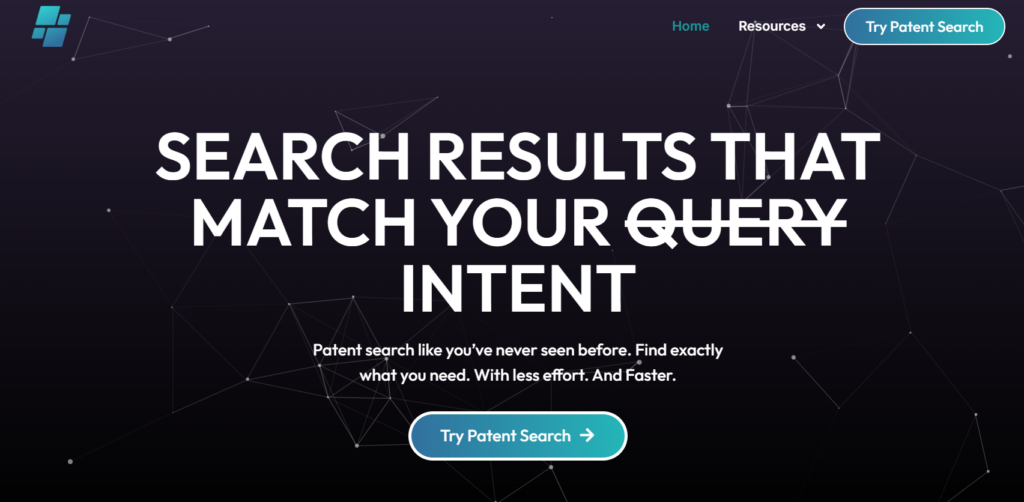A Non-Practicing Entity (NPE) is a patent holder that does not produce goods or offer services based on its patents. Instead, it seeks to monetize its intellectual property through licensing, sale, or litigation. NPEs range from research institutions and universities to private firms and entities that focus solely on enforcement.
While some NPEs play a role in technology transfer and patent valuation, others are structured specifically to initiate enforcement campaigns, including mass-scale litigation targeting multiple companies across jurisdictions.
Why Non-Practicing Entities Matter for Businesses?
Whether viewed as protectors of IP value or disruptors of innovation, NPEs influence how companies manage risk, negotiate licenses, and develop patent strategies.
- IP Monetization: Companies may sell unused patents to NPEs to generate returns on R&D investments.
- Licensing Dynamics: Businesses may choose to license technology held by NPEs, especially in complex tech sectors.
- Litigation Risk: Some NPEs initiate litigation campaigns that target entire product categories or industries.
- Strategic Awareness: Understanding NPE activity is key to anticipating legal exposure, especially in high-litigation domains like software, semiconductors, and wireless communications.
How Non-Practicing Entities Operate?
NPEs typically follow one or more of the following models:
- Patent Aggregation – Acquiring portfolios from startups, distressed firms, or auctions.
- Licensing Initiatives – Negotiating use rights with operating companies.
- Litigation Campaigns – Asserting patents against alleged infringers through coordinated legal action.
- SPV Structures – Creating shell entities to isolate litigation and shield the broader NPE organization.
Some NPEs pursue multi-defendant campaigns, asserting similar claims across an industry to drive settlement momentum.
Industry-Specific Applications
- Telecommunications: High-value SEPs are often acquired and enforced by NPEs.
- Enterprise Software: Complex software stacks are frequent targets for assertion.
- Semiconductors & IoT: NPEs engage in litigation involving chip architecture and embedded devices.
- Biotech & Pharma: University spinouts and IP-holding firms license core innovations without direct production.
Challenges and Considerations
- Patent Quality and Scope: Broad or vague claims increase dispute potential.
- Litigation Volume: Some NPEs file dozens or even hundreds of lawsuits annually, creating a ripple effect across sectors.
- International Complexity: Litigation across the US, Germany, China, and other jurisdictions introduces multi-front risk.
Understanding these dynamics helps companies separate legitimate licensing opportunities from disruptive campaigns.
Strategic Business Considerations
To respond effectively to NPE activity, companies should:
- Conduct regular patent clearance and freedom-to-operate (FTO) analysis.
- Monitor litigation trends and repeat assertion patterns.
- Build defensive patent portfolios or join defensive aggregators.
- Evaluate litigation exposure before entering new product categories or markets.
- Leverage AI patent search tools to uncover hidden links between NPE campaigns and parent portfolios.
Key Takeaways
- NPEs do not commercialize products; they focus on extracting value through IP rights.
- Litigation campaigns from some NPEs are highly structured and target entire sectors.
- Businesses must track both patent quality and litigation patterns to manage risk.
- A neutral, fact-based understanding of NPE activity supports better licensing, defense, and strategic decisions.
Reveal Prior Art with a Single Patent Number

Understanding NPE litigation starts with the patent, but it shouldn’t end there. Often, the most critical insights come from examining the related patents filed earlier.
With Global Patent Search tool, you can:
- Enter any patent number to find earlier-filed related patents linked by priority.
- Discover potential prior art that may predate the patent-in-suit.
- Investigate how a patent fits into a broader filing strategy.
We have used the global patent search tool to find how patents in litigation compare against existing prior art. Facing an NPE asserted patent in litigation? Find related patents in the GPS tool today.
Before we dive into the most frequently asked questions about non-practicing entities, it’s important to understand how NPE activity plays out in real-world litigation. For example, our analysis of US7194737B2 reveals how certain patents become central to multi-defendant enforcement campaigns. This case, like many others, highlights how NPEs leverage existing patent rights to initiate legal action across industries, raising critical questions for IP teams and innovation leads alike. You can read about such cases in our NPE Litigations section on our website.
Frequently Asked Questions
1. Are non-practicing entities the same as patent trolls?
Not exactly. All patent trolls are NPEs, but not all NPEs are trolls. The term “patent troll” refers to entities that aggressively enforce patents without contributing to innovation. Many NPEs, like universities or research institutes, license patents without manufacturing but still play a legitimate role in the IP ecosystem.
2. Are non-practicing entities legal?
Yes, non-practicing entities operate legally under patent law. Owning and licensing patents—without producing a product—is permitted. However, some jurisdictions scrutinize litigation tactics used by certain NPEs, especially those perceived to exploit legal loopholes or file suits purely to pressure settlements.
3. How can a business protect itself from NPE litigation?
Start with proactive patent due diligence. Monitor high-risk patent holders, use claim analysis tools, and maintain clean design documentation. Joining defensive patent networks or using AI tools like Global Patent Search can also help you anticipate and avoid overlaps with NPE-controlled portfolios.
4. What’s the difference between an NPE and an operating company?
An NPE owns patents but doesn’t sell products based on them. An operating company, on the other hand, both develops products and holds patents. The key difference is commercialization—NPEs monetize IP through licensing or enforcement, while operating companies often do both.
5. Can universities be considered non-practicing entities?
Yes. Most universities are technically NPEs. They often hold patents from faculty research but don’t manufacture or sell products themselves. Instead, they license innovations to industry partners or spinouts. Unlike litigation-focused NPEs, their goal is usually tech transfer, not enforcement.
6. How do NPEs impact innovation and R&D investment?
Opinions are divided. Supporters argue NPEs help small inventors monetize IP. Critics say aggressive NPE litigation creates legal uncertainty, discouraging product development. The actual impact depends on the industry, patent quality, and the NPE’s behavior—some foster licensing, others disrupt innovation cycles.
7. How are NPE lawsuits different from regular patent infringement cases?
NPE lawsuits often lack the counter-risk of countersuits, since NPEs don’t sell products. This changes litigation dynamics. NPEs may assert older or broad patents across multiple defendants, and settlements are often structured to avoid drawn-out trials rather than resolve actual product conflicts.
8. How do NPE litigation campaigns typically begin?
They often start with a patent acquisition. NPEs purchase or license a patent they believe has broad applicability. Next comes a wave of demand letters or infringement suits, often targeting multiple companies in the same space. The strategy is usually to push for early settlement, not courtroom wins.
